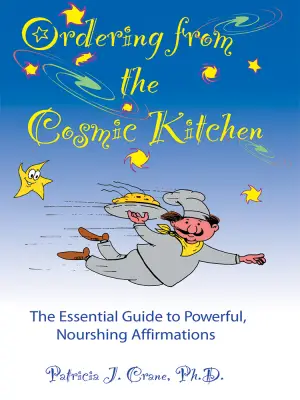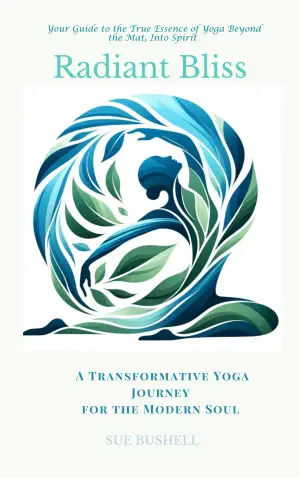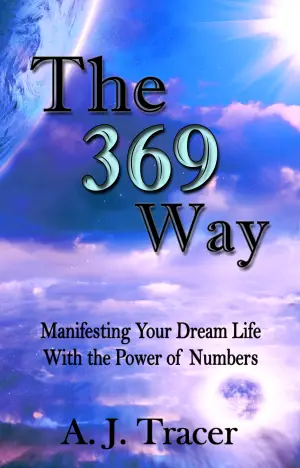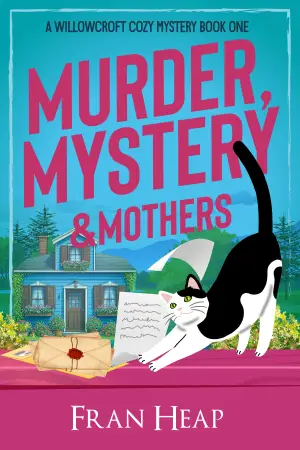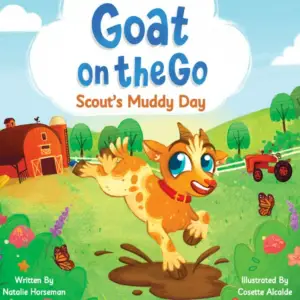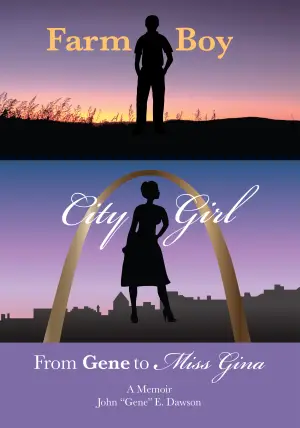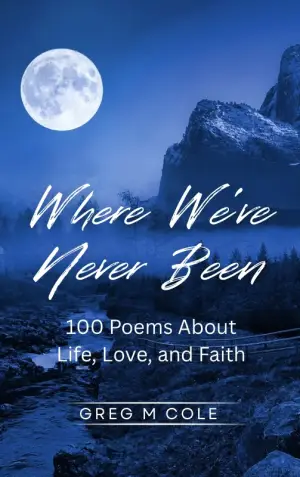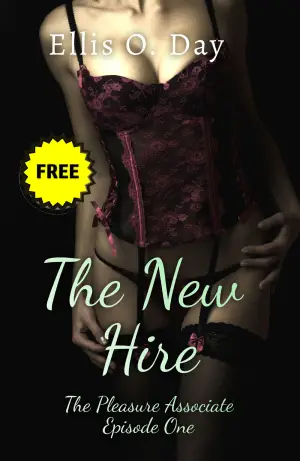A Heartfelt Dive into Chaos: A Review of The Survivor Wants to Die at the End
When I first cracked open The Survivor Wants to Die at the End, the second installment of the Death-Cast series by Adam Silvera, my heart raced with anticipation. Having adored the previous two novels, I was ready to plunge once more into the emotional whirlwind that Silvera effortlessly creates. But as I navigated this latest journey, I discovered that perhaps the most compelling elements of this book were the expectations that did not align with the reality of the narrative.
Themes and Characters
At the center of this gripping tale is Paz, a 19-year-old grappling with the weight of being labeled a killer. The moment he kicked off his internal monologue with, “If only I wasn’t a killer,” I found myself a bit jarred. It felt not so much poignant, but theatrically melodramatic—a jarring note that signaled how the tone would unfold throughout the pages. As I delved deeper, I was disappointed to realize that many character interactions felt more like high school dramatics than authentic conversations about mental health and existential crises.
Paz’s chaotic journey intersecting with Alano—a character who, despite being a perfect emotional support pillar, came across as overly wise and almost robotic in his responses—further complicated my connection to the plot. Alano’s emotional intelligence often overshadowed his own character development, leaving me yearning for a more layered and realistic portrayal. While I appreciated the journey they were on, the cheese factor often felt overwhelming, making it challenging to see past the theatrics to uncover the heart of the narrative.
Writing Style and Pacing
The pacing was particularly sluggish, with long stretches devoted to exposition that made me check the page number more times than I’d like to admit. By the time I hit page 118, I wondered when the action would finally arrive. Silvera’s detail-oriented style, once enchanting, began to feel excessive as I waded through paragraph after paragraph describing less than thrilling events. The struggle is real when your brain jumps ahead, begging for the story to pick up speed!
And oh, the cheese! If you enjoy moments of romantic melodrama, such as characters declaring eternal love 48 hours into their acquaintance, then you might just relish the intensity. Yet, for someone who thrived on the raw emotional core of Silvera’s earlier works, this felt jarringly misaligned with the stories I had cherished.
Conclusion: A Mixed Experience
Ultimately, while The Survivor Wants to Die at the End aims to explore deep themes of mental anguish and connection, it may resonate better with younger readers who appreciate dramatic angst and sugary-sweet romances. For those of us looking for the nuanced storytelling that marked Silvera’s earlier books, this may not land as intended.
This experience taught me that even beloved authors can have off days, leaving me both relieved and frustrated as I closed the book wondering how a series that began with such depth could feel so disjointed. Nonetheless, if you’re a fan of dramatic love stories packed with emotional stakes, perhaps this journey will still tug at your heartstrings. As for me, I couldn’t help but sigh and reflect—this might have been a miss, but it was a miss worth exploring nonetheless.
Discover more about The Survivor Wants to Die at the End (Death-Cast, #2) on GoodReads >>

